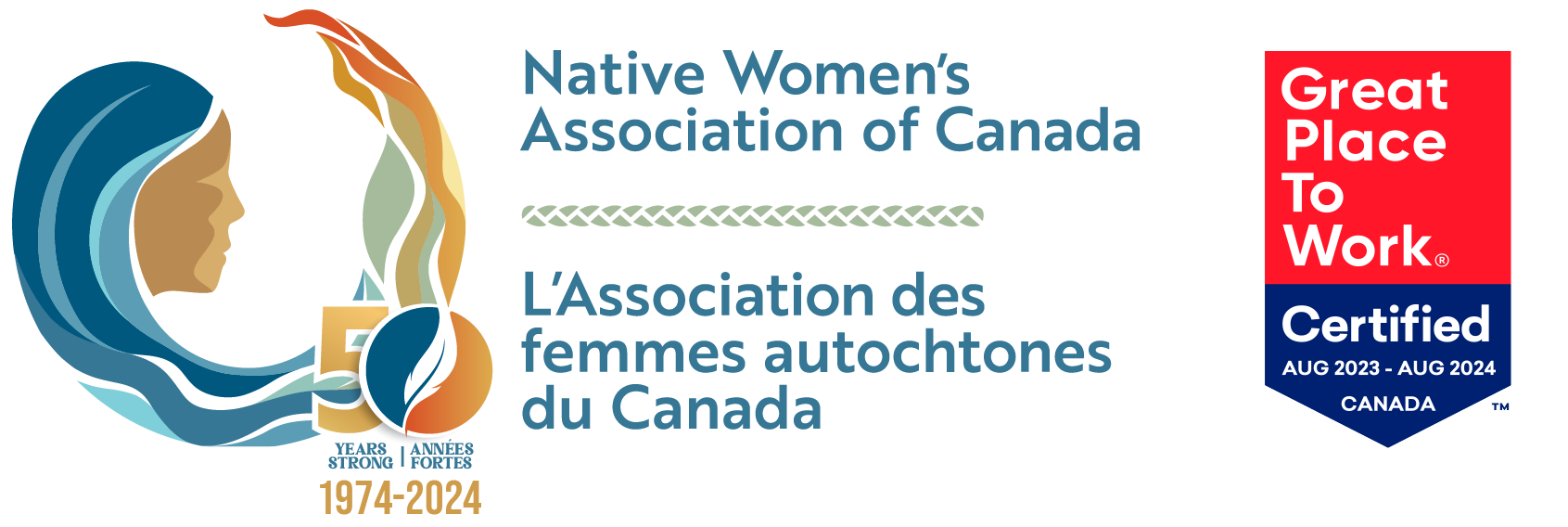Traditionally, Indigenous women played a central role in the health and well-being of their communities. They were decision-makers in the use of resources, economics, and politics; they determined leadership; and they were leaders themselves.
Colonialism changed all that.
It’s taken over a century but today, Indigenous women are once again assuming leadership roles. More than ever, Indigenous women are serving in First Nations governments and heading regional and national political organizations.
But we still have a long way to go, which is why the Native Women’s Association of Canada (NWAC) has updated the 2021 Voting Guide. There’s a tremendous opportunity for Indigenous women—who are among the fastest-growing population segment in Canada—to actively take part in the federal election process. The updated Voting Guide is designed to not only encourage Indigenous women and gender-diverse people to exercise their right to vote, but also to sow the seed by having individuals consider putting themselves on a ballot in their own community.
In this issue of Shining the Spotlight, you’ll read about the improvements we have made to the guide. For example, we have three new sections: planning your vote; voting accessibility; and running and supporting Indigenous candidates.
The issues that matter to the people we represent—Indigenous women, girls, Two-Spirit, transgender, and gender-diverse+ (WG2STGD+) people—are long-standing and are reflected in our daily work.
Our MMIWG2S team brings an update on the Safe Passage initiative, which is aimed at tracking new and emerging cases of missing and murdered Indigenous WG2STGD+ people. This initiative is meant to effect transformational change in every community across the country, and is linked to the creation of the Indigenous Women’s Safety Council.
NWAC continues to place a strong emphasis on empowering Indigenous WG2STGD+ people economically. Ending their economic marginalization is one of the key calls to action issued by the National Inquiry into Missing and Murdered Indigenous Women and Girls. To end violence against women, you have to end their economic marginalization; you have to give them the tools to succeed and prosper.
To this end, we bring you stories on the four economic development programs run by NWAC. There’s the Community Workforce Development Program for Indigenous WG2STGD+ people living in small communities, and to date we have six of our provincial and territorial member associations (PTMAs) have signed up for funding work placements in communities. We also update you on the #BeTheDrum, the Indigenous Women’s Entrepreneur Accelerator, and the POETA initiatives. Four very different economic programs but all with one goal in mind—to raise up Indigenous WG2STGD+ people like Amy Dechaine.
In her own words, Amy tells us how she has been helped with support from the Indigenous Skills and Employment Training program (ISET). Through an agreement with Employment and Social Development Canada, NWAC provides financial support for such things as tuition, living allowance, and childcare to help Indigenous women pursue post-secondary education. With support, Amy has acquired a bachelor’s degree in social work and has found work as a family/Indigenous outreach worker.
Diversity and inclusionary training is another key piece in our workplace file. Our efforts through the National Apprenticeship Program have focused greatly on ensuring that businesses embrace diversity and inclusion, address implicit biases, and foster a more harmonious and productive workplace.
Climate change is another very important focus of the work we do at NWAC. Historically, Indigenous women enjoyed the traditional and inherent roles as water carriers and caretakers. Because they carry water in their wombs, Indigenous women are the givers of life. As protectors of Mother Earth, they have a special bond with the earth and all it has to offer.
Our Environment team conducts a tremendous amount of research in this area, and was able to showcase its work at a recent Adaptations Future Conference, held in Montreal. In this issue, you will read about the Engaging Indigenous Peoples in Climate Change Policy Project.
In this issue, we also bring you a short update on the progress we have made in the areas of sterilization and sexual and reproductive health. Watch for upcoming training courses and webinars.
And last but certainly not least, I urge you to read the story about the testimony of our senior legal director at the Standing Senate Committee on Legal and Constitutional Affairs. Sarah Niman underscored the failure of Bill S-13 to encompass the broader spectrum of rights outlined in the United Nations Declaration on the Rights of Indigenous Peoples (UNDRIP). Protecting these rights brings us right back to the need to put an end to gender-based discrimination if we are to achieve equality for Indigenous WG2STGD+ people and true reconciliation.

